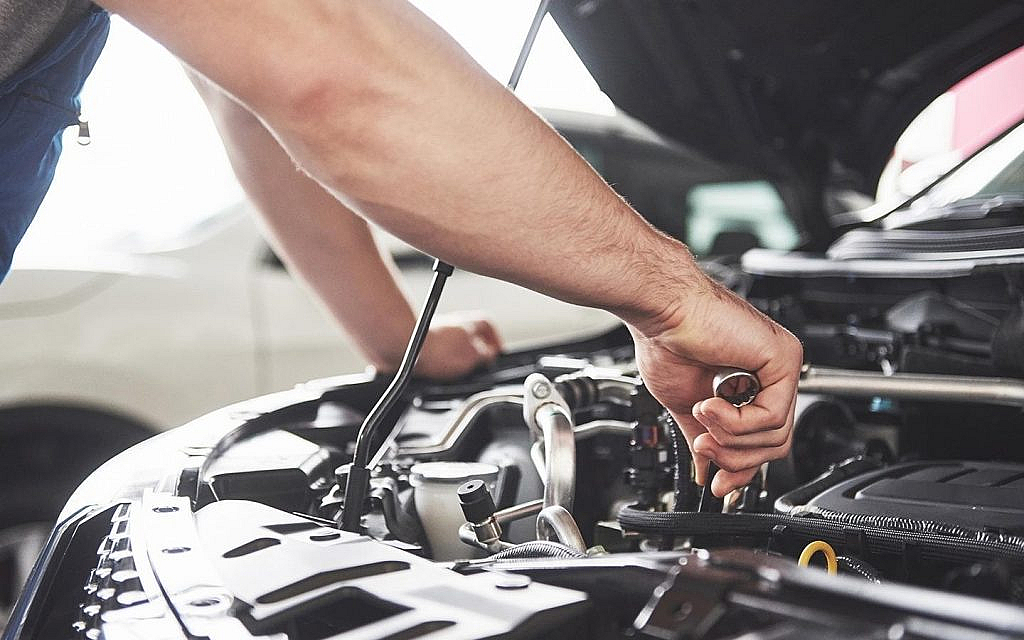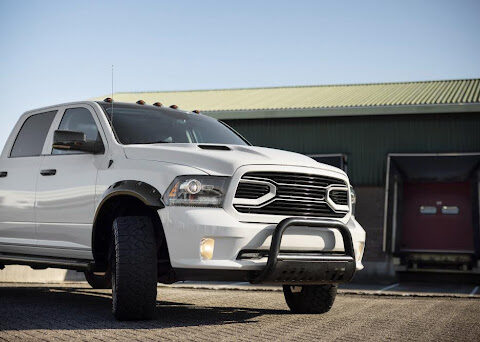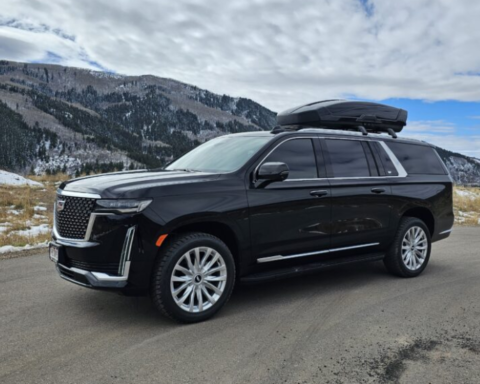Vehicle tuning is an intricate art and science aimed at enhancing the performance, efficiency, and drivability of automobiles. Whether you’re a novice car enthusiast or a seasoned professional, understanding the full spectrum of vehicle tuning can significantly elevate your ability to achieve optimal performance from your vehicle. This comprehensive guide takes you through the fundamentals and advanced techniques of vehicle tuning, providing valuable insights into how you can unlock the full potential of your car.
The Basics of Vehicle Tuning
What is Vehicle Tuning?
Vehicle tuning refers to the process of modifying the performance or appearance of a vehicle. This can involve adjustments to the engine, suspension, brakes, and other components to improve performance, handling, and aesthetics. The primary goal is to tailor the vehicle to meet the specific needs and preferences of the driver.
Why Tune a Vehicle?
- Enhanced Performance: Tuning can significantly increase horsepower and torque, resulting in better acceleration and top speed.
- Improved Fuel Efficiency: Proper tuning can optimize fuel consumption, leading to cost savings.
- Better Handling: Adjustments to the suspension and brakes can improve the vehicle’s handling and stability.
- Personalization: Tuning allows drivers to customize their vehicles to reflect their personal style and preferences.
Key Components of Basic Tuning
- Air Intake Systems: Upgrading the air intake system can increase airflow to the engine, improving combustion efficiency and performance.
- Exhaust Systems: A performance exhaust system reduces back pressure, allowing the engine to expel exhaust gases more efficiently and improving power output.
- ECU Remapping: Modifying the engine control unit (ECU) can optimize fuel delivery, ignition timing, and other parameters to enhance performance.
- Suspension Upgrades: Enhancing the suspension system improves handling and ride quality, making the vehicle more responsive and comfortable to drive.
- Brake Enhancements: Upgrading brake components ensures better stopping power and increased safety, especially in high-performance driving conditions.
Intermediate Vehicle Tuning Techniques
Engine Tuning
Engine tuning is at the heart of vehicle performance enhancement. Intermediate tuning techniques involve more in-depth modifications to the engine components and systems.
- Camshaft Upgrades: Upgrading the camshaft can improve engine airflow and increase power output, especially at higher RPMs.
- Turbocharging and Supercharging: Adding a turbocharger or supercharger forces more air into the engine, significantly boosting horsepower and torque.
- Fuel System Upgrades: Enhancing the fuel delivery system with high-flow fuel injectors and fuel pumps ensures that the engine receives adequate fuel for optimal combustion.
Transmission Tuning
The transmission is a critical component that affects how power is delivered to the wheels. Intermediate tuning techniques focus on optimizing the transmission for better performance.
- Short Shifters: Installing a short shifter reduces the distance between gear changes, allowing for quicker and more precise shifting.
- Performance Clutches: Upgrading the clutch to a performance model can handle increased power and provide better engagement and durability.
- Transmission Reprogramming: Reprogramming the transmission control unit (TCU) can optimize shift points and improve overall transmission performance.
Suspension Tuning
Intermediate suspension tuning involves more precise adjustments to improve handling and ride quality.
- Adjustable Coilovers: Installing adjustable coilovers allows for fine-tuning of the ride height, stiffness, and damping characteristics of the suspension.
- Sway Bars: Upgrading sway bars reduces body roll during cornering, improving stability and handling.
- Bushings: Replacing stock bushings with performance ones can reduce play and increase responsiveness in the suspension system.
Advanced Vehicle Tuning Techniques
Advanced Engine Tuning
For those seeking to push the limits of their vehicle’s performance, advanced engine tuning techniques offer the most significant gains.
- Internal Engine Upgrades: Upgrading internal engine components such as pistons, rods, and crankshafts with high-performance parts can increase strength and durability, allowing the engine to handle more power.
- Port and Polish: Porting and polishing the cylinder heads improve airflow into and out of the engine, increasing efficiency and power output.
- Standalone Engine Management Systems: Installing a standalone engine management system provides complete control over all engine parameters, enabling precise tuning for maximum performance.
Forced Induction Tuning
Advanced forced induction tuning involves more complex modifications to maximize the benefits of turbocharging or supercharging.
- Twin-Turbo Setups: Installing a twin-turbo system can significantly increase power output and reduce turbo lag, providing a more linear power delivery.
- Intercoolers: Upgrading to a larger or more efficient intercooler can lower intake air temperatures, increasing the density of the air entering the engine and improving performance.
- Wastegates and Blow-Off Valves: Upgrading wastegates and blow-off valves can improve the efficiency and reliability of the turbocharger system, preventing over-boost and ensuring optimal performance.
Aerodynamic Tuning
Aerodynamic tuning focuses on reducing drag and increasing downforce to improve handling and stability at high speeds.
- Aerodynamic Body Kits: Installing body kits with front splitters, rear diffusers, and side skirts can improve airflow around the vehicle, reducing drag and increasing downforce.
- Spoilers and Wings: Adding spoilers and wings can increase downforce, improving traction and stability during high-speed cornering.
- Underbody Panels: Installing underbody panels can smooth out the airflow underneath the vehicle, reducing drag and improving overall aerodynamic efficiency.
Electronic Tuning
Advanced electronic tuning techniques involve modifications to the vehicle’s electronic systems to enhance performance and functionality.
- Advanced ECU Mapping: Utilizing advanced ECU mapping techniques, such as variable valve timing (VVT) and variable valve lift (VVL), can optimize engine performance across a wider range of operating conditions.
- Data Logging and Analysis: Using data logging and analysis tools allows tuners to monitor and analyze vehicle performance in real-time, making precise adjustments based on actual driving conditions.
- Traction Control and Stability Management: Upgrading or reprogramming traction control and stability management systems can improve vehicle handling and stability, especially in high-performance driving scenarios.
Safety Considerations in Vehicle Tuning
While vehicle tuning can significantly enhance performance, it’s crucial to prioritize safety to ensure that modifications do not compromise the vehicle’s reliability or the driver’s safety.
Brake System Upgrades
As power and speed increase, it’s essential to upgrade the brake system to ensure adequate stopping power.
- High-Performance Brake Pads and Rotors: Upgrading to high-performance brake pads and rotors can improve braking efficiency and reduce the risk of brake fade during high-performance driving.
- Big Brake Kits: Installing big brake kits with larger calipers and rotors can provide greater stopping power and improved heat dissipation.
- Brake Lines and Fluid: Upgrading to stainless steel brake lines and high-performance brake fluid can improve brake pedal feel and reduce the risk of brake failure under extreme conditions.
Suspension and Chassis Reinforcement
Enhancing the suspension and reinforcing the chassis can improve handling and stability, ensuring that the vehicle remains controllable during high-performance driving.
- Strut Braces and Roll Cages: Installing strut braces and roll cages can increase chassis rigidity, reducing flex and improving handling.
- Lower Control Arms and Subframe Braces: Upgrading lower control arms and subframe braces can enhance suspension geometry and improve overall stability.
Safety Equipment
Installing safety equipment is essential for protecting the driver and passengers during high-performance driving.
- Racing Seats and Harnesses: Upgrading to racing seats and harnesses can provide better support and safety during aggressive driving.
- Fire Extinguishers and Safety Systems: Installing fire extinguishers and other safety systems can provide additional protection in case of emergencies.
- Helmet and Protective Gear: Using a helmet and other protective gear is crucial for safety during track days and high-performance driving events.
Legal and Environmental Considerations
When tuning a vehicle, it’s essential to be aware of legal and environmental considerations to ensure compliance with regulations and minimize environmental impact.
Emissions Compliance
Many tuning modifications can affect a vehicle’s emissions. It’s important to ensure that any changes made comply with local emissions regulations to avoid fines and legal issues.
- Catalytic Converters: Ensure that any exhaust modifications retain or replace the catalytic converter to meet emissions standards.
- Emissions Testing: Regularly test the vehicle’s emissions to ensure compliance with local regulations.
Noise Regulations
Exhaust modifications can increase noise levels, potentially violating local noise regulations.
- Mufflers and Resonators: Installing performance mufflers and resonators can help control exhaust noise while maintaining performance gains.
- Noise Testing: Test the vehicle’s noise levels to ensure compliance with local regulations.
Insurance and Warranty Considerations
Modifying a vehicle can affect insurance coverage and warranties.
- Insurance Policies: Inform the insurance company of any modifications to ensure proper coverage and avoid potential issues in case of a claim.
- Vehicle Warranties: Be aware that certain modifications may void the vehicle’s warranty. Check with the manufacturer or dealer before making significant changes.
Conclusion
Vehicle tuning is a multifaceted discipline that ranges from basic modifications to advanced techniques aimed at optimizing performance, efficiency, and drivability. By understanding the full spectrum of tuning options, from simple upgrades like air intake systems and exhausts to complex modifications like forced induction and electronic tuning, enthusiasts and professionals can unlock the full potential of their vehicles.
Stay in touch to get more updates & news on essentialtribune!








